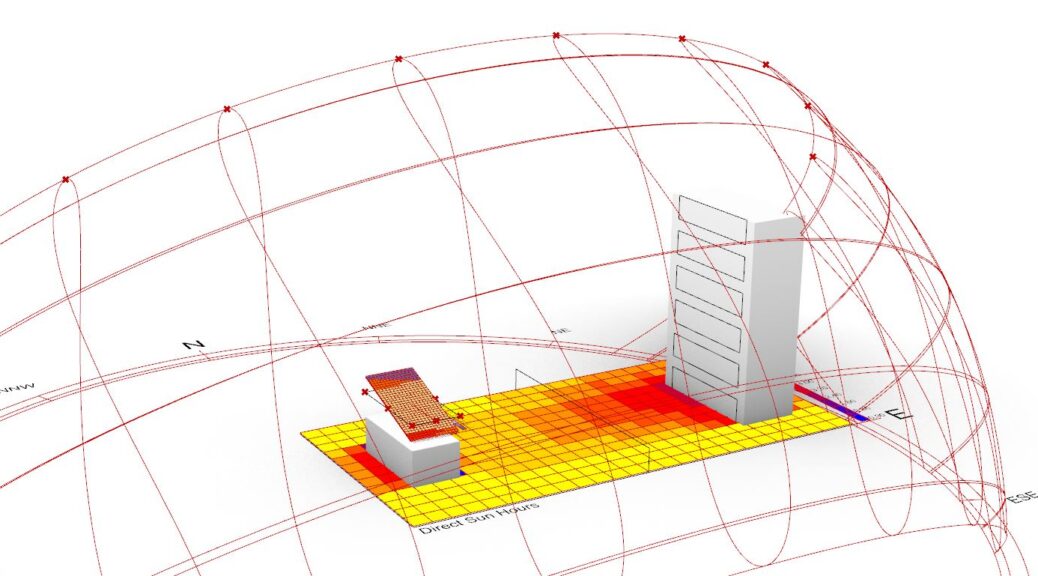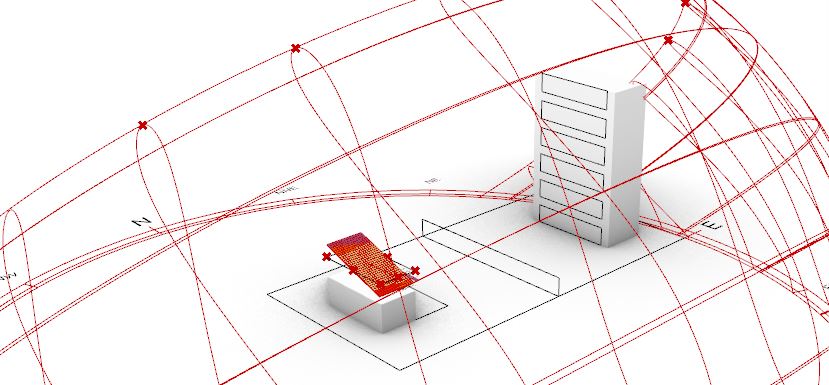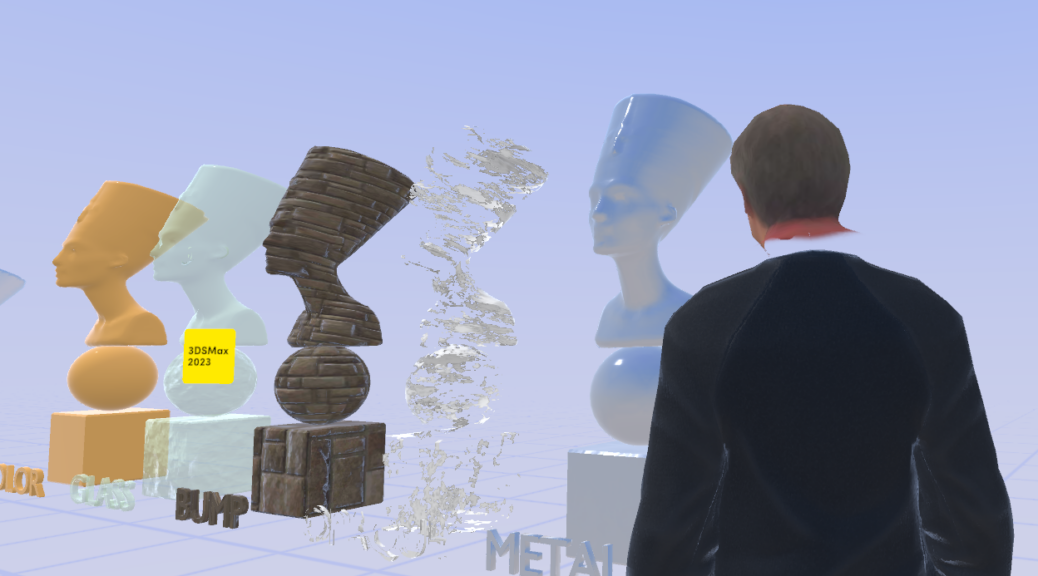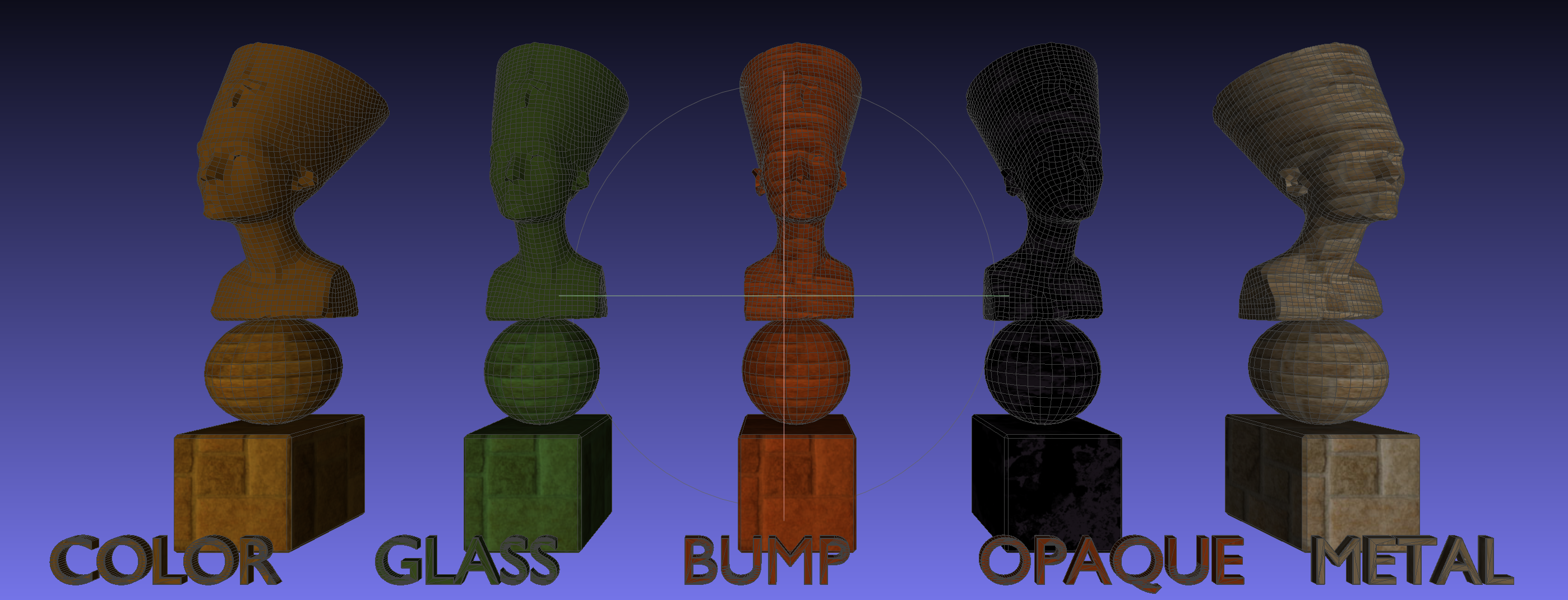This is a quick set up to understand how to orient solar panels for maximum efficiency using Galapagos’ generative capacities.
Archives par mot-clé : Rhino
Grasshopper – Monte-Carlo – Galápagos
The brief is as followed. To calculate a complex surface, it is possible to use the Monte-Carlo approximation to have a number close to reality. First we will check whether it’s true or not by comparing our values with the real one. And then we will use Galapagos to seek for the best result.
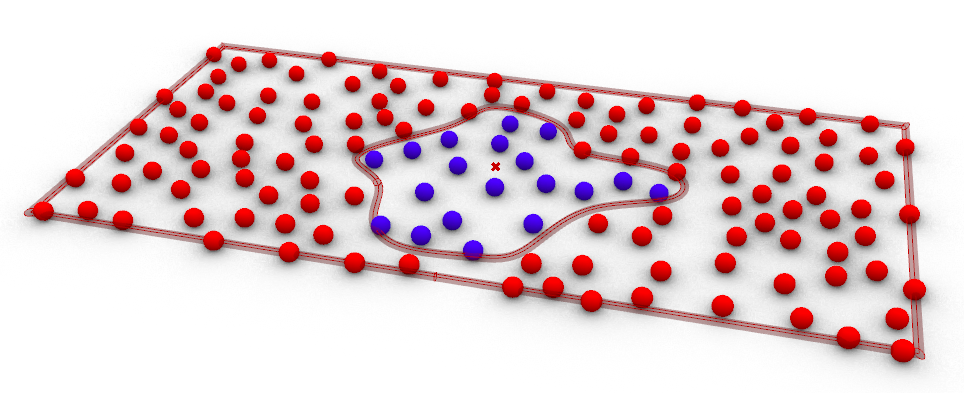 Continuer la lecture de Grasshopper – Monte-Carlo – Galápagos
Continuer la lecture de Grasshopper – Monte-Carlo – Galápagos
Spatial.Io Texture settings
Spatial offers several possibilities for High end real time online rendering. Let’s see how to prepare our 3D files to get the best of it. As it is trans software, we will use at least 4 of them in parallel to get the same results. Let’s remember, it’s not the software but the workflow that is taken into account.
We will start from this tutorial on the Spatial web page that helped us to start. https://support.spatial.io/hc/en-us/articles/4418819002004
Basic geometry to start.
Let’s set up a basic scene for our tests : a wall, a floor, a cube, sphere, and Nefertiti (why not) downloaded here : https://www.openculture.com/2019/11/download-stunning-3d-scans-of-the-bust-of-nefertiti.html
